The Filey Files
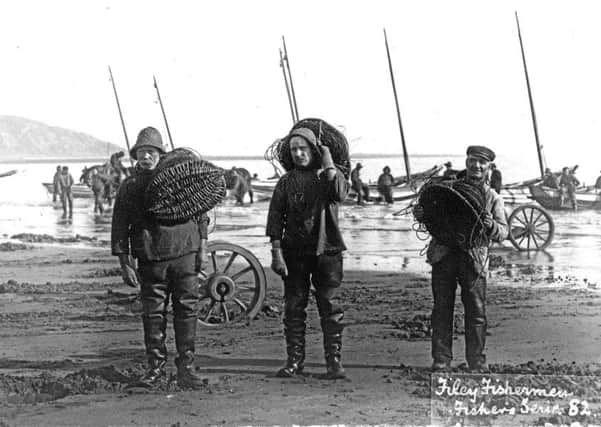

At this time the population was 505 and the figure had been roughly the same for centuries. Many people lived in Town Street – later becoming King Street and presently Queen Street – or in a small number properties in adjoining areas.
In subsequent decades the population rose considerably, until by the 1820s it was around 773, a rise attributed by Michael Fearon in Filey from a Fishing Village to Edwardian Resort (1990) to people moving in. Its steady growth was underlined by a lifeboat station being established in 1823.
Advertisement
Hide AdAdvertisement
Hide AdCorresponding with the Yorkshire Gazette in October 1825, one writer noted the following after a Filey visit: ‘The spaw [spa] has all the virtues of Cheltenham; the sea bathing in the purest waves, is as private from the great extent of the sands, as the most timid female modesty can require. No prying eyes from a crowded cliff parade can overlook, or rather look immediately upon, the bathing houses and bathers, nor is it necessary to mix the entirely naked with the half clothed, almost in contact with each other; in short the superiority of Filey as a delightful bathing place, is in every respect, except in the number of lodging houses, supereminent.’
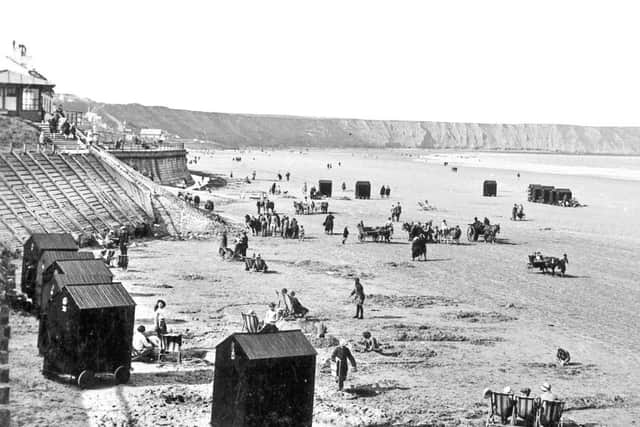

However, the writer also mentioned lodging houses were soon to be erected.
Around 1830, the now Grade II listed Langford Villa was built and later became the summer residence of the Terry’s family, the famous York chocolatiers.
By the mid-1830s significant strides were taken that would extend Filey beyond its ancient core. John Wilkes Unett, a Birmingham solicitor, born in 1770, purchased several acres of land in the town and engaged architect Charles Edge, designer of Birmingham Town Hall, to draw plans in the Georgian style for a new Filey. The land, south of old Filey, later accommodated the Crescent, a row of some of the finest domestic terraces in England.
Advertisement
Hide AdAdvertisement
Hide AdThe first block of properties, extending between Rutland Street and Brooklands was completed in the 1840s. A second one was finished in 1851. Further impressive properties including those in Rutland Terrace, Clarence Place and West Avenue were also built and were augmented by others a little afterwards.
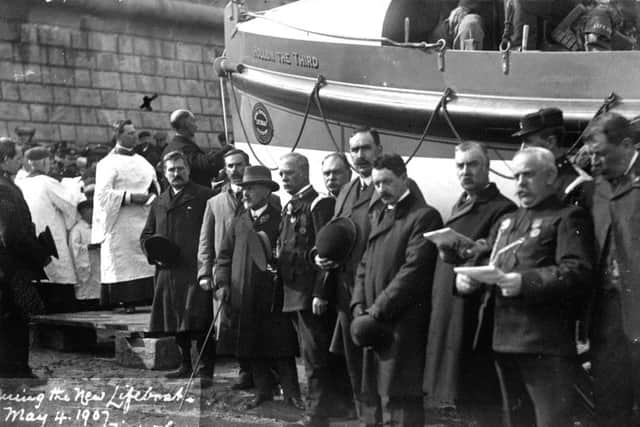

Travel to Filey from the outside world was mainly via stagecoaches operating between Hull and Scarborough, but with the coming of the railways in the 1840s the area became more accessible, with the town’s population swelling to over 1,200.
A Methodist church was established in 1838 and the Church of England Iron church opened in 1857. Gas was available for cooking and lighting, and water was piped to homes and drains laid. A Local Board of Health was established in 1868.
As a boy, the composer Frederick Delius stayed on the Crescent with his family at Miss Hurd’s boarding house (number 24) in 1876 and 1877, and then at Mrs Colley’s (number 24) in 1897. It is argued that the Crescent and its gardens changed the face of Filey and bear testimony today to developer Unett’s vision.
Advertisement
Hide AdAdvertisement
Hide AdThe town’s growth and stability was reflected further by the purchase of a fire engine and the building of a police station in the 1890s.
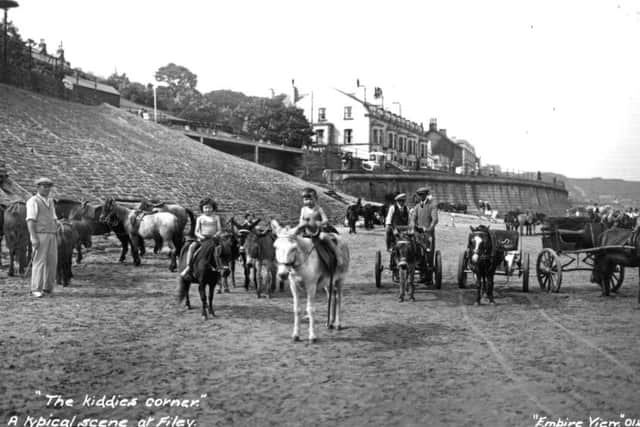

The first ten years of the 20th century is a period still celebrated in the town today. The Edwardian period is looked upon as a halcyon time. The Boer War was over and there was peace. New Filey was fully established, with a fashionable reputation. The impressive building work was complete and the Crescent gardens were laid out.
Michael Fearon points out many Filonians, as they are called, view the time with nostalgia and ‘as one exhibiting a kind of innocence lost forever in 1914’. He says Filey’s reputation as a resort ‘free from vulgarity’ with good hotels, boarding houses and entertainment had become well established, and for a town of Filey’s size the variety of shops was quite impressive.
There was a greater variety of amusements and leisure activities than ever before and for all members of a family. Music was provided by both amateurs and professionals, the Pierrots performed on the beach or Foreshore, and regular sports days (including football, cricket and hockey) and occasional fancy dress balls were staged. The Grand Theatre’s opening in February 1911 added another dimension to entertainment as it was both a picture house and theatre.
Advertisement
Hide AdAdvertisement
Hide AdAn extraordinary attraction in Filey bay was the early flying displays which began in July 1910 and continued for several years. The soft beach was found to be ideal for a take-off and landing strip. Aviator C. Hucks was credited as being the first English flyer to accomplish a loop the loop – perilously near the railway station roof.
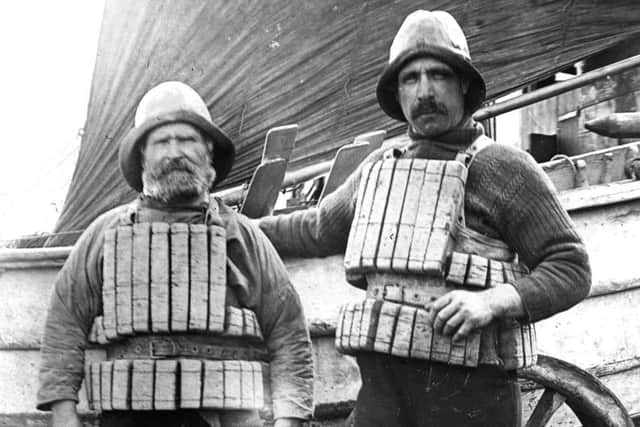

During the 20th century Filey continued to thrive and was given a massive lift when chosen as a site for a Butlin’s Holiday camp. Building began in 1939 and continued during the war, when it became RAF Hunmanby Moor. Afterwards, it was extremely popular, boasting its own railway station. By the late 1950s it was catering for upwards of 10,000 holidaymakers. Closure came in 1984.
With its glorious sweep of soft, golden sand, Filey beach continues to be one of the best traditional seaside resorts in the country for families. The town, too, is full of gentle pleasures, with its Edwardian architecture, quirky shops and intriguing museum. And, it is claimed, Filey boasts the second best B&B in the entire world.